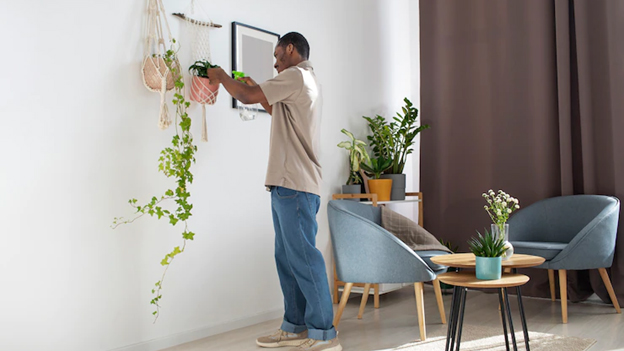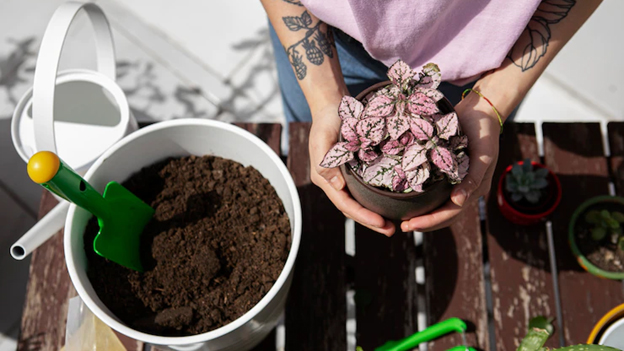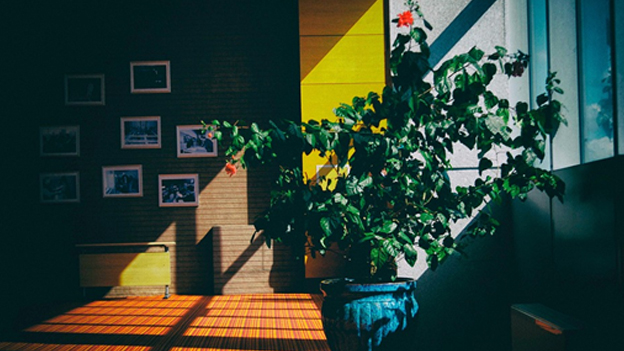Nourishing Indoor Plants the Right Way With Liquid Fertilizer
The habit of caring for indoor plants can be somewhat perplexing and intimidating. They cannot communicate their hunger or nutritional needs until it may be too late, unlike new born babies. Instead, they make more subtly adapted responses to their surroundings. Many houseplants respond better to certain kinds of fertilisers than others.
However, only some houseplant fertilisers are created equal, so it's essential to know which type of fertiliser is best for indoor plants - liquid, granular or slow release. Consider utilising a total liquid fertiliser if you want a fertiliser that can be used on most houseplants (having an equal solution of nitrogen, phosphorus, and potassium).
To keep your houseplants healthy and flourishing, you must fertilise them regularly.
Why do houseplants need to be fertilised?

Fertilising is necessary for indoor plants to grow healthily and optimally. The nutrients that plants require to flourish are available to them in nature. Because your indoor plants are secluded from the outside environment, they cannot get all of the minerals and vitamins present in nature in the form of decomposing plant matter and other natural materials. You owe it to your houseplants to provide them with these nutrients! You are responsible for adding the vital minerals your plants require to develop into lush and nutritious ones. Watering your plants will eventually wash away nutrients from the soil.
When to fertilise the indoor plants?

Having the best liquid fertiliser for indoor plants does not mean that one can replace the need for efficient sunlight, watering, fresh air and spacious surroundings for the home plants. A low-light environment inside a building prevents plants from receiving enough energy from sunlight for photosynthesis, which is the process that produces the energy that plants require to thrive. Fertiliser is only necessary when indoor plants are actively developing. Only when plants develop in bright light and warm circumstances do they engage in active growth (e.g. in spring and summer). The development of new leaves, shoots, or branches and the presence of buds and flowers on blooming indoor plants are all indications of active growth. If you've seen these symptoms, it's time to start a feeding schedule to support your plant's growth.
The right way of Fertilising Houseplants
Step 1: Since plants are actively growing in the spring, it is the perfect time to begin fertilising them. Fast-growing plants should get fertiliser more often than dormant or slow-growing plants, such as cactus (i.e. most plants in winter.)
Step 2: You should Dilute your fertiliser. Under fertilisation is preferable to over fertilisation. If the potting mix is deficient in nutrients and you haven't fertilised in about a year, you can improve the efficacy of the fertiliser by diluting it with less water.
Step 3. Plants that produce fruits or flowers during their lifespan will need extra fertiliser. Picking off fruits or flowers depletes their nutrients, which we should replenish with the help of fertilisers.
Step 4. Know the N, P, and K values required by your plants. The best liquid fertiliser for indoor plants will have the proportion of macronutrients that is needed by the houseplants. It resembles the numbers 10-8-10. Find another fertiliser if this isn't stated on the packaging.
Step 5: Plants only require a smaller amount of micronutrients, but they are just as crucial as macronutrients. Micronutrients are typically included in fertilisers. However, they aren't usually highlighted on the container's front.
Step 6: Chemical or organic fertiliser? It's up to you.
When NOT to Fertilise Your Houseplants
- Poor cultural conditions cannot be corrected by fertilising! Your attention should not only be on fertiliser if a plant in low light is not developing. Light is essential for growth, so place your plant initially in a brighter area. After fixing the lighting when the plant grows, you can further encourage it by fertilising it.
- Similar to the above, do not assume that applying a fertiliser with a high phosphorus content would aid a plant that is not blooming. Providing your plant with the right amount of water and light WILL! Your plant won't flower because of the fertiliser.
- It is advised to entirely stop fertilising when light levels are low because most indoor plants' development stops during the winter. If your houseplant isn't growing right now, don't fertilise it.





